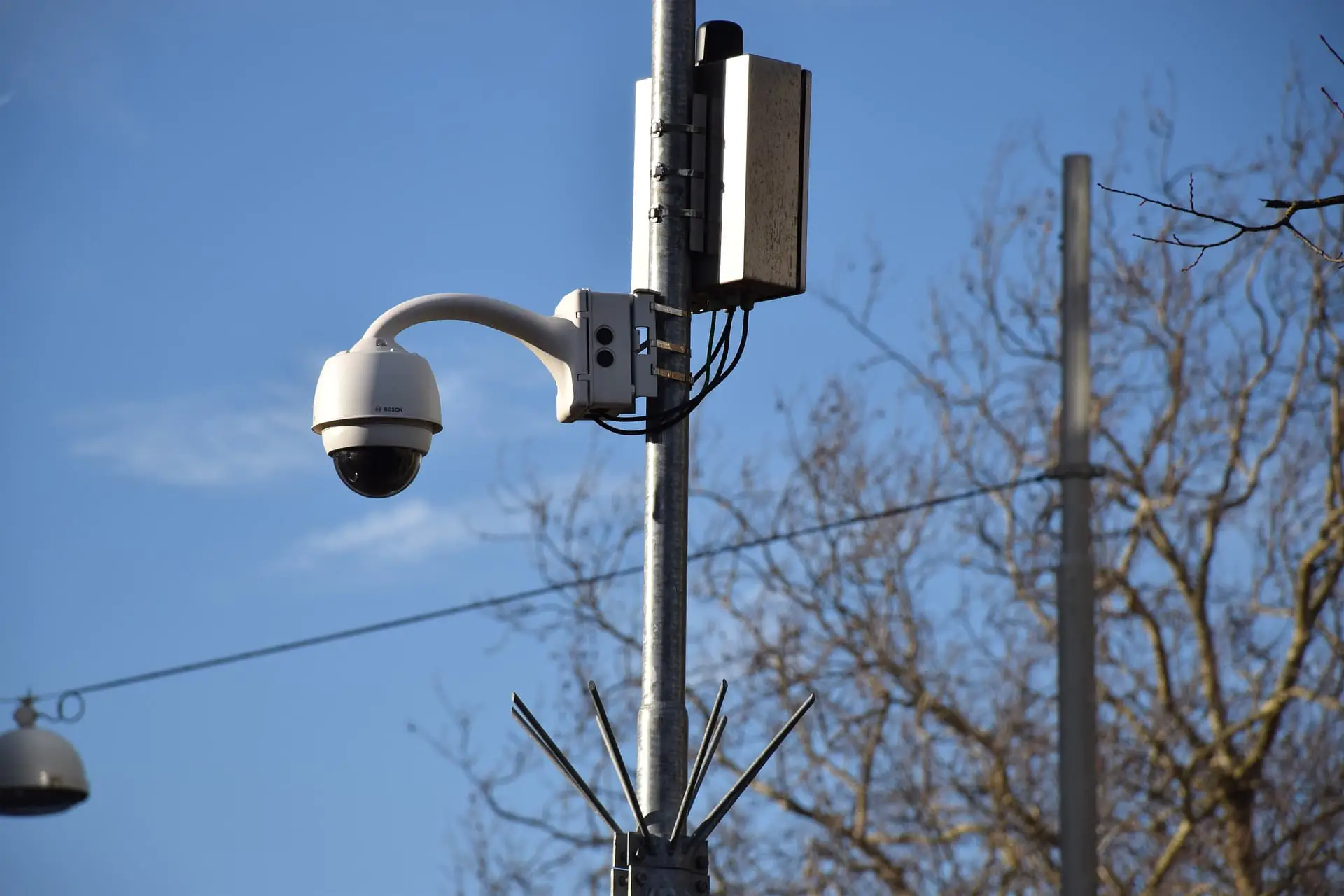Governments, enterprises, financial institutions, and healthcare organizations are continuously working toward strengthening their physical security infrastructure to curb threats.
The future of the global video surveillance looks promising. In 2018, the global market size was valued at $40.37 billion, but according to Report Linker it’s expected to reach an estimated $89.7 billion by 2025.
The use of video surveillance is growing significantly, owing to the increasing need for safety and security, coupled with the use of cloud-based services for centralized data.
The Surveillance Cameras of the Future

IP video surveillance is designed to provide access to the video content from any place at any given time. It enables the monitoring of video footage remotely by security staff or law enforcement personnel.
Lucintel forecasts that IP surveillance system is expected to remain the largest system type, and will witness the highest growth due to the increasing development of smart city and smart home applications. Additionally, technological innovations, real-time access, integration of wireless technologies, video analytics, and affordability are factors driving this market to grow.
The global IP video surveillance market is expected to reach $25.46 billion by 2023 and, geographically, North America has been projected to hold the largest market share, followed by Europe and Asia Pacific, respectively.
The changing paradigm shift from video analytics to intelligent video analytics is also presenting several opportunities for the market to grow, with some US cities already moving into facial surveillance. According to contracts obtained by Georgetown researchers, Chicago and Detroit have purchased software that equips police with the ability to identify faces from surveillance footage in real-time. (Chicago claims it has not used its system and Detroit says it is not using its system currently.)
The US and China to Increase Surveillance

Video surveillance is majorly adopted in the manufacturing, financial services, transportation, and retail industries. This incorporation is higher in countries such as the United States, United Kingdom, China, and Brazil.
North America is expected to maintain dominance: After the 9/11 terror attacks, there has been a significant rise in the demand for effective security and surveillance system in the United States.
One of the major trends observed in the US is the integration of video surveillance solutions in transportation. To enhance transit security in Chicago, the second largest city in the US with 1.6 million daily rides taken per day, the Chicago Transit Authority (CTA) has now deployed over 3,600 cameras across the rail network to reduce violent crime and robberies.
The use of security cameras is expected to also increase in Asia Pacific, especially in emerging economies with a growing number of manufacturing bases, and where a terrorist attack is also a strong possibility. By 2020, China expects to have 570 million surveillance cameras to help develop a database that will recognize any citizen within three seconds.
Faster-Growing Segments
Residential is projected to be the fastest-growing segment due to the high number of damages caused to assets or resources during thefts and other attacks.
Remote monitoring through cloud-based services has made it easier for people to supervise and protect their homes. Safety is managed by the integration of a comprehensive video surveillance system, smart access control, and rapid intrusion detection system.
Transportation is projected to be the second fastest-growing application segment, where there is a high demand for equipment used in police video surveillance, overseeing traffic congestion, and monitoring crowds. A rising number of incidents, such as accidents and terrorist attacks, across the globe has led to increased spending across these areas.

